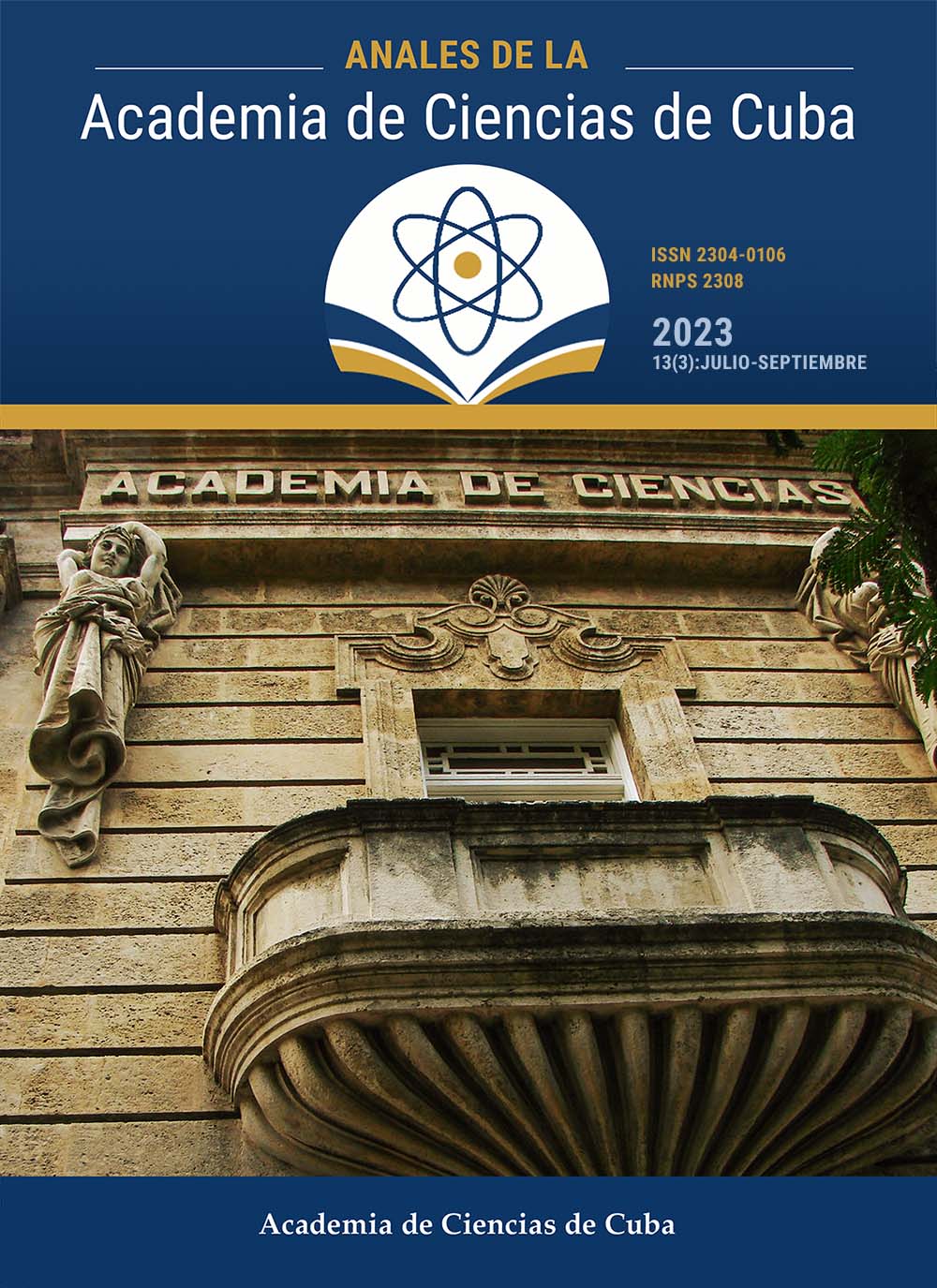Molecular characterization of CV A24v in Cuba over 23-years, 1986-2009, reveals findings in the epidemiology and pathogenesis of the virus
Keywords:
Coxsackievirus A24 variant, acute hemorrhagic conjunctivitis, 3C protease, VP1, phylogeny, phylodynamicAbstract
Introduction: The CVA24 antigenic variant is the causal agent of epidemics of acute hemorrhagic conjunctivitis that has prevailed to date. To study the transmission dynamics and evolution of this variant, we molecularly characterized Cuban isolates obtained in 5 epidemic periods between 1986 and 2009.
Methods: Using the BEAST v1.8.4 program, it was performed the phylogenetic and phylodynamic analysis of the partial genomic regions of 54 Cuban sequences and 83 sequences from 17 countries for the 3C genomic region and 35 Cuban sequences with 95 sequences from 18 countries for the VP1 region. They were analyzed the amino acid changes of the Cuban sequences and they were compared the sequences obtained from conjunctival exudates and feces.
Results: It was identified that each epidemic period was caused by different genetic variants, and homologous to variants that circulated in the Americas, Africa, and Asia, and that could circulate up to 2 years prior to the epidemic peaks. The virus showed a stable effective population over time, increasing in pandemic periods, with a nucleotide substitution rate (substitutions/site/year) of 4.39 × 10-3 for the 3C region and 5.80 × 10-3 for VP1. They were obtained 19 viral transmission routes for the 3C genomic region and 25 routes for VP1. They were inferred the routes of introduction of the virus to Cuba in the epidemic periods of the years 1986, 1997, 2003 and 2008-2009 by the ancestral relationships of the Cuban sequences with sequences of destination countries of some routes, endorsed by viral transmission networks. Amino acid changes in both genomic regions could be involved in the evolution of CVA24v and it was obtained evidence that supports the use of feces to identify this viral variant. The conclusions were new knowledge in the molecular epidemiology of CVA24v that circulated in Cuba and the world for 23 years after its global emergence.
Downloads
Published
How to Cite
Issue
Section
License
The journal Anales de la Academia de Ciencias de Cuba protects copyright, and operates with a Creative Commons License 4.0 (Creative Commons Attribution-NonCommercial License 4.0). By publishing in it, authors allow themselves to copy, reproduce, distribute, publicly communicate their work and generate derivative works, as long as the original author is cited and acknowledged. They do not allow, however, the use of the original work for commercial or lucrative purposes.
The authors authorize the publication of their writings, retaining the authorship rights, and assigning and transferring to the magazine all the rights protected by the intellectual property laws that govern in Cuba, which imply editing to disseminate the work.
Authors may establish additional agreements for the non-exclusive distribution of the version of the work published in the journal (for example, placing it in an institutional repository or publishing it in a book), with recognition of having been first published in this journal.
To learn more, see https://creativecommons.org






